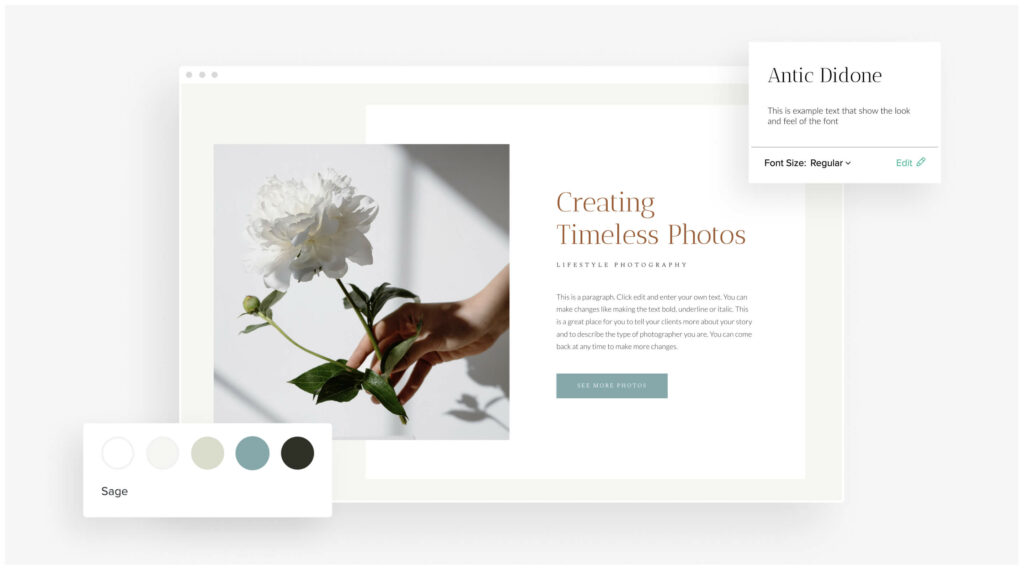Ahlian Jian Insights
Exploring the latest trends and news in various fields.
Color Me Impressed: Choosing the Right Palette for Your Website
Discover the secrets to selecting the perfect color palette for your website and captivate your audience. Transform your online presence now!
Understanding Color Psychology: How to Choose the Perfect Palette for Your Website
Understanding color psychology is crucial when designing a website, as colors can evoke specific emotions and influence user behavior. Different colors can convey various meanings and associations that can significantly affect visitors' perceptions and actions. For example, blue is often associated with trust and professionalism, making it a popular choice for corporate websites, while red can trigger feelings of excitement or urgency, ideal for e-commerce sites. To learn more about the emotional impact of colors, refer to this Color Psychology in Marketing resource.
When choosing the perfect color palette for your website, consider the following key factors:
- Know your audience: Understanding your target demographic helps in selecting colors that resonate with them.
- Brand identity: Your colors should reflect your brand's ethos and values.
- Contrast and readability: Ensure that your text stands out against your background for better user experience.

The Ultimate Guide to Creating a Cohesive Color Scheme: Tips and Tools
Creating a cohesive color scheme is essential for effective design, whether you're working on a website, a marketing campaign, or interior decor. A well-thought-out color palette enhances the visual appeal and can significantly impact user experience. To start, consider the color wheel, which is a valuable tool for understanding how colors interact. Choosing a color scheme can involve selecting complementary, analogous, or triadic colors. To make the process easier, tools like Coolors and Canva's color wheel offer user-friendly interfaces to generate harmonious color combinations.
When developing your color scheme, remember to test it in different contexts to ensure it performs well across various media. Consider using tools like Adobe Color for creating and saving palettes based on your specific needs. Additionally, be mindful of accessibility by ensuring sufficient contrast between text and background colors. This not only improves readability but also makes your designs more inclusive. A cohesive color scheme will help establish your brand identity, making it easily recognizable and memorable to your audience.
Top Color Trends for Websites in 2024: What You Need to Know
As we step into 2024, the world of web design is witnessing a refreshing evolution in color trends. This year is all about embracing vibrant hues that resonate with users on an emotional level. Color psychology is at the forefront of this shift, with rich shades of blue and lush greens taking center stage. These colors not only promote a sense of calm and trust but also connect users with nature, a theme that has gained prominence in recent design philosophies.
In addition to the dominance of greens and blues, we are also seeing a significant rise in the popularity of bold accent colors. Colors like electric orange and vibrant magenta are being used strategically to draw attention to key areas of a website, such as call-to-action buttons and navigation elements. This year, the use of gradient color schemes is also making waves, allowing designers to create depth and visual interest within their layouts. These trends are not only visually appealing but also play a crucial role in enhancing user engagement.